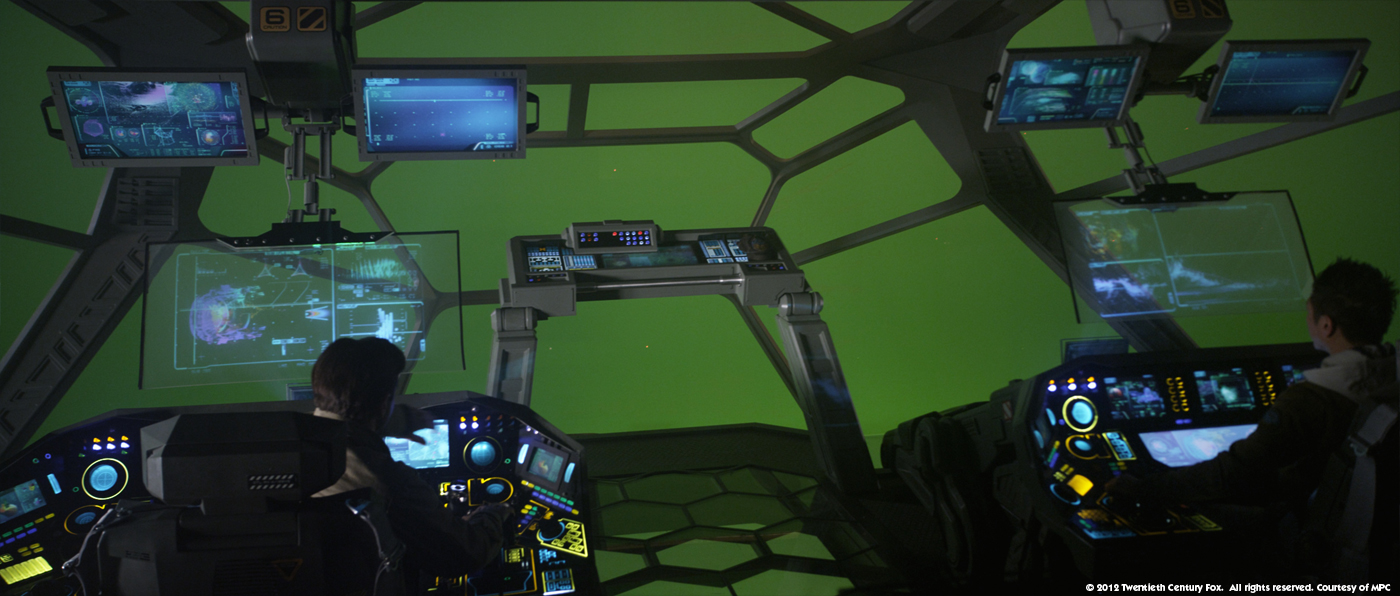As I work a LOT with lighting for process screen, I was hoping to pass on one of the best videos I've come across that came from from Moviola.com. But the weasels have since changed their subscription model so won't do you much good as they no longer have a free option. However if you know someone who does, have them snag it for you. Or, do a short term membership.
https://moviola.com/webinars/how-to-get-the-most-from-a-green-screen/
It's about 1 Hr. in length.
I've been doing blue screen, green screen, even red screen for over 30 years, mostly feature & TV work (I mainly work at Warner Bros. these days), and literally did many of the first computer games using hardware keyers. It's amazing how much erroneous info is out there on this subect, but the above tut really had the most accurate & went into excellent detail as to where you can cut corners and where is folly to do so. It also had some slick techniques that are easy, inexpensive but more importantly, effective.
Commenting on the above forum replies, I'd strongly recommend NOT using Home Depot level fluorescent fixtures & globes. Compared to the correct equipment, they're relatively heavy and the output of the lamps usually have a fairly low CRI (color rendering index). As long as they're used only on the screen though, you can (and folks are obviously) getting away with using them as the current keying software is extremely tolerant. However, they are only 60 Hz fixtures so if you need to do any high speed work, you're out of luck.
Instead, I'd recommend either renting or budgeting to purchase a few flo units from:
http://www.kinoflo.com/index.htm
They're also pretty much available all over the countr4y so if you have a rental house near by, check them out.
Kino ballasts kick the frequency output up to 400Hz+ vs. your household 60Hz. This means you won't have flicker issues and can even use conventional tungsten instruments with them. For ANY process work in a studio situation, shooting at 5500 K. is totally silly. Shoot tungsten (3200 k.)and save yourself a TON of money by not having to rent HMI lights.
Kino tubes are available in standard kelvin temps (2900, 3200, 5500) and have a CRI of 90+. I'm guessing you won't need DMX ability (used for dimming & general control), and I'd stick with Flo's rather than LED for cost and weight. not to mention cost.
You could easily light a 12' wide screen with two 4 x 4 fixtures, one on each side, mounted vertically from floor stands.
Next, just because something looks green or blue doesn't mean mean it will key like materials (paint or cloth) designed for the purpose. Again, in many cases you can get away with it, but if keying out details such as hair or transparency is important, you'll want to get the proper materials.
As far as lighting, your screen should be even of course & about 1 stop below what the subject is keyed to. I.e. using a spot meter, a gray card at subject position should be at zone 5 with your screen at zone 4.
Also, if the camera isn't seeing it, flag or turn off any lights hitting the screen; unless your eye is trained (and most aren't) you'll not see the green pollution into the scene, but your compositing software certainly will. Your compositors will thank you as well. Remember: if you can see it, your digital camera can see it considerably better.
I'm sure there's more to pass on, but with the correct equipment it really isn't rocket surgery.
M.



